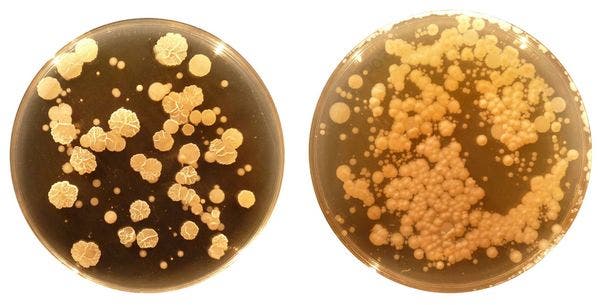According to researchers, thousands and thousands of bacteria types (some new to science) can be found in your belly button – but don’t worry: “it’s quite beautiful”, they say.
A pristine environment
The belly button is one of the microbial habitats closest to us, yet it remains relatively unexplored. Rob Dunn and his team analyzed bacteria and archaea from the belly buttons of humans from two different populations; they aren’t your average navel gazers – they’re professional navel gazers, and they’re doing it all… for science!
The whole thing started about two years ago, when an undergrad sampled a colleague’s belly button bacteria to send it to him as a Christmas card. Biologists, the quirky people that they are, quickly picked up on this idea.
The basic idea is that the belly button is one of the least scrubbed places of the human body, making it one of the most pristine bacterial environments humans harbor – which could kind of explain why some people are totally grossed out by navels.
Like a rainforest
The team analyzed 60 belly buttons, finding a total of 2,368 bacterial species, 1,458 of which may be new to science. Like with most people, some belly button harbored more species, some less, but most had 67 species. Ninety-two percent of the bacteria types showed up on fewer than 10 percent of subjects – in fact, most of the time, they appeared in only one subject, which is pretty significant in itself.
The subjects were varied; one science writer, for example, harbored a species of bacteria only found in Japan – a place he or his family never visited. Another subject, who hadn’t washed for years, hosted two species of so-called extremophile bacteria that typically thrive in ice caps and thermal vents.
Not even a single strain appeared on all subjects, but 8 were found in over 70 percent of subjects; and when one of the species found often was present, others followed in great numbers.
“That makes the belly button a lot like rain forests,” Dunn said. In any given forest, he explained, the spectrum of flora might vary, but an ecologist can count on a certain few dominant tree types. “The idea that some aspects of our bodies are like a rain forest—to me it’s quite beautiful,” he added. “And it makes sense to me as an ecologist. I understand what steps to take next; I can see how that works.”
Navigating the belly button

But finding the bacteria is only the first step. The second step is finding out which types typically call the human body home, why they do this, and what the differences mean.
“We’re all like the guys before Darwin who went out and brought this stuff on the ship and said, Check out this bird that’s totally weird—this has got to be important! “They were still so far from understanding the big picture,” Dunn said. “That’s where we are.”
Hoping to find out answers to these questions, Dunn and his team set out, of course, to analyze more belly buttons! Pretty soon, they’ll have 10 times more data by analyzing 600 navels, and things will probably become significantly clearer then.
Research was published in PLoS ONE



